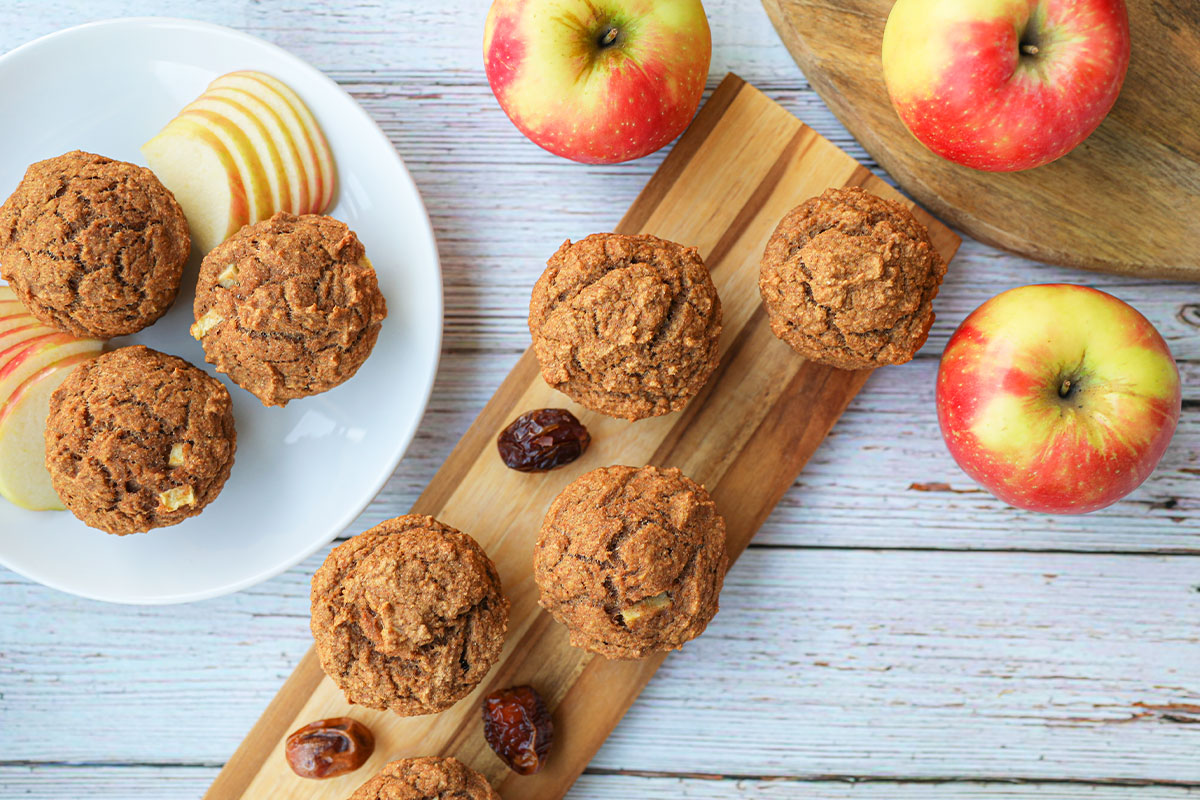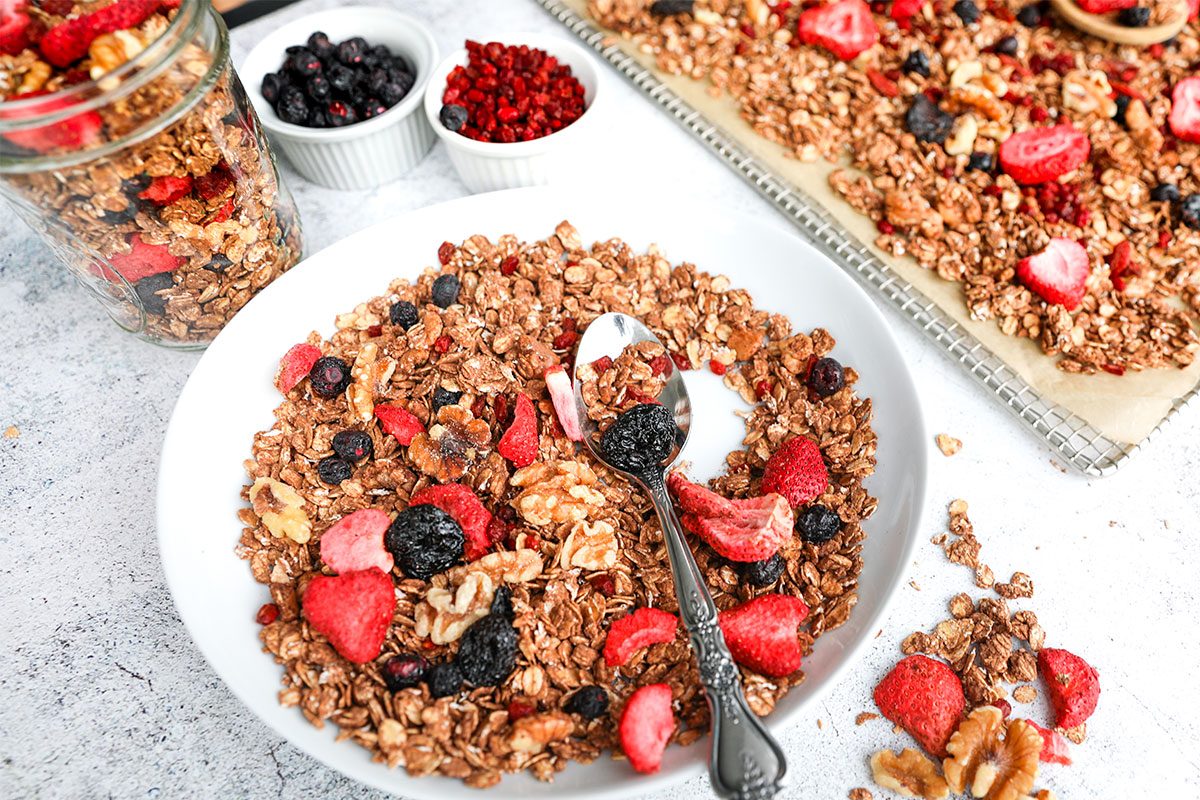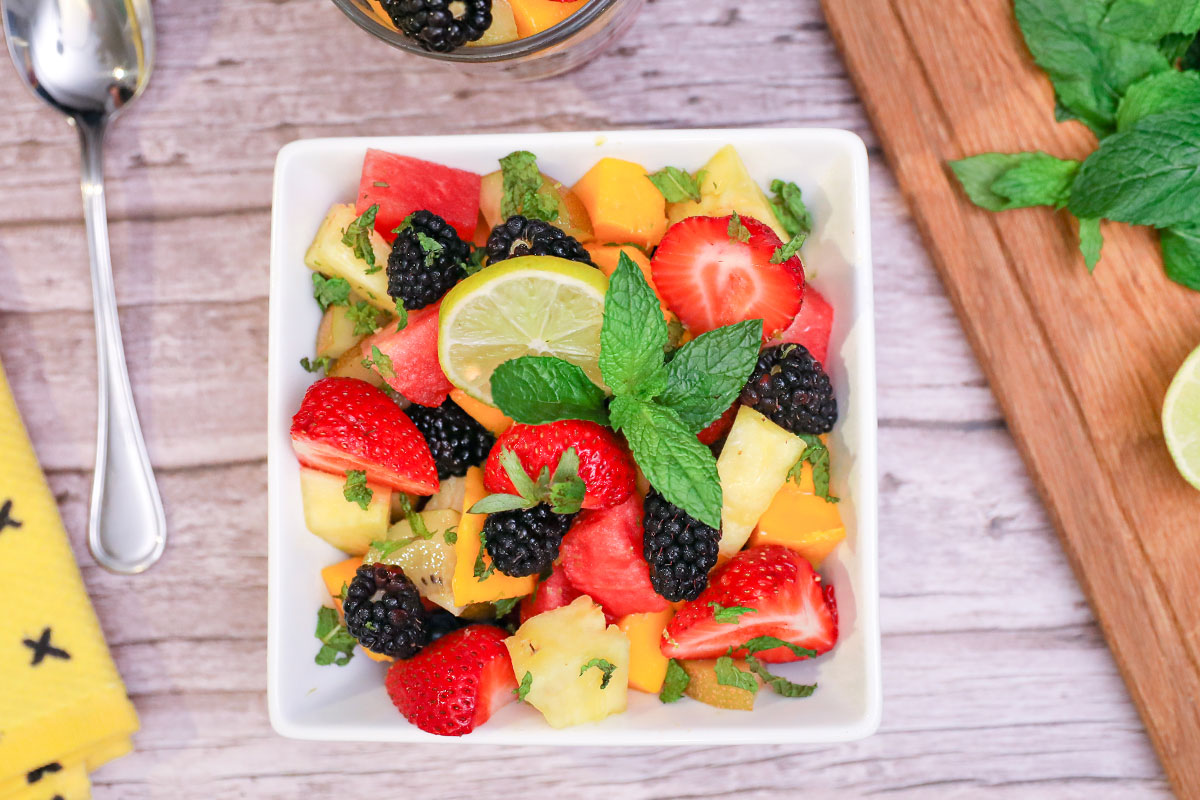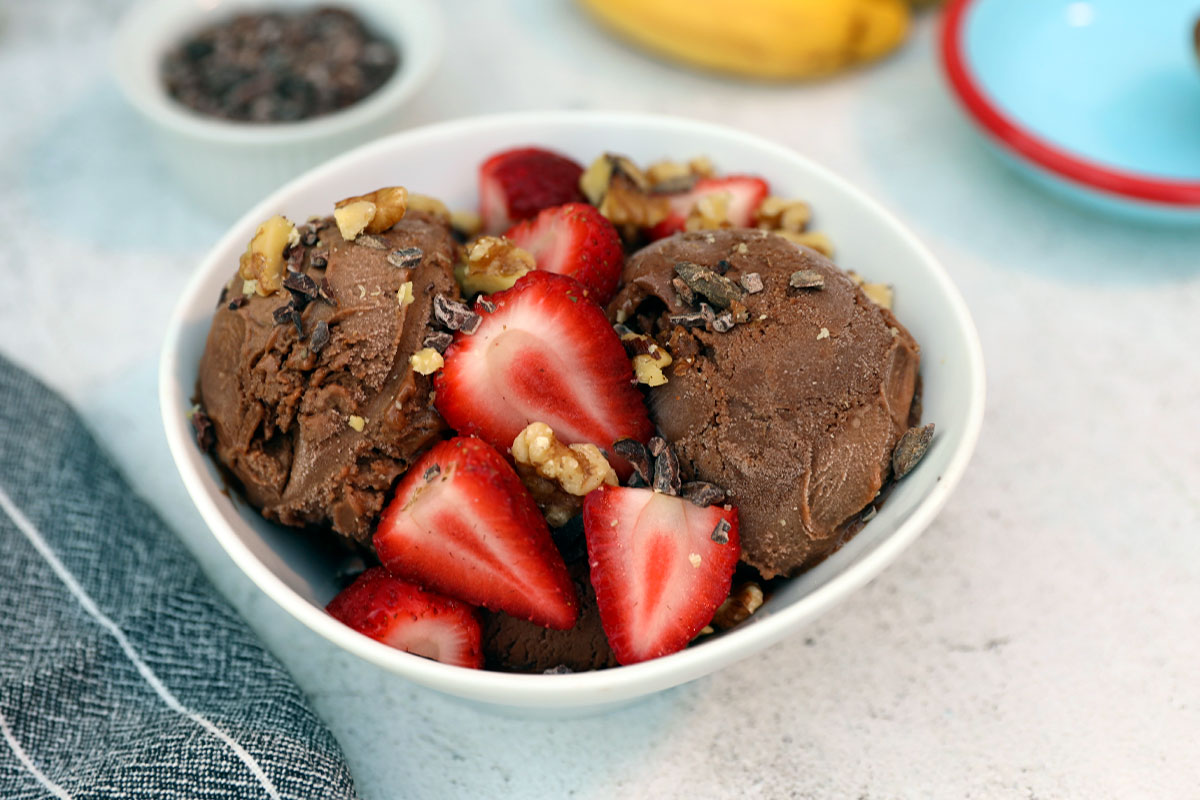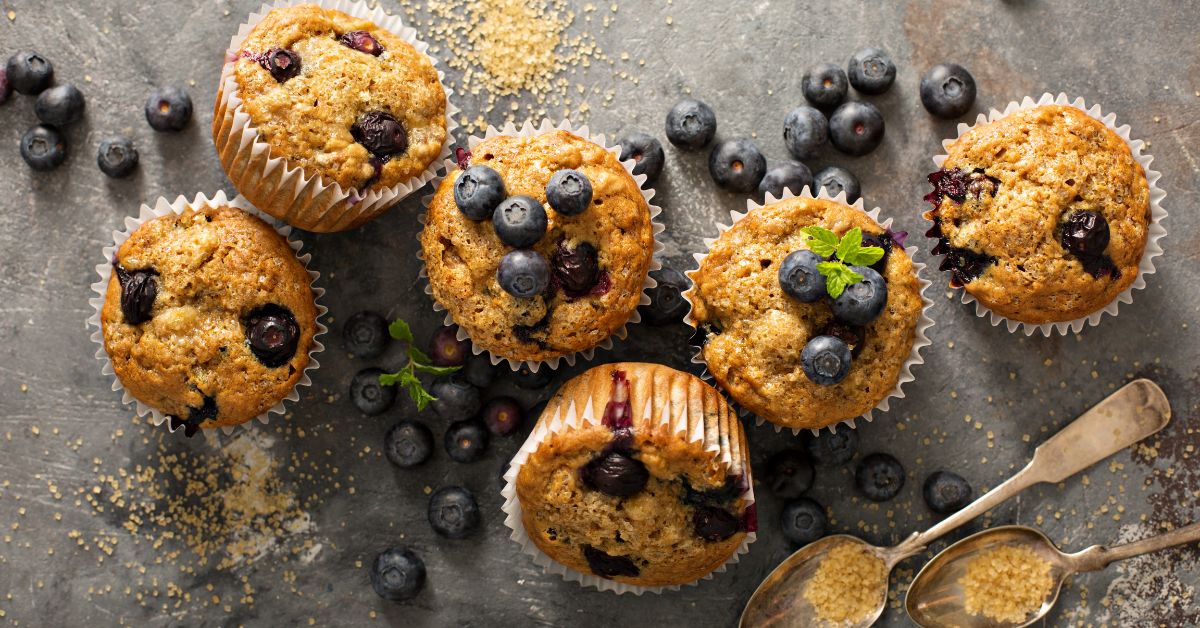
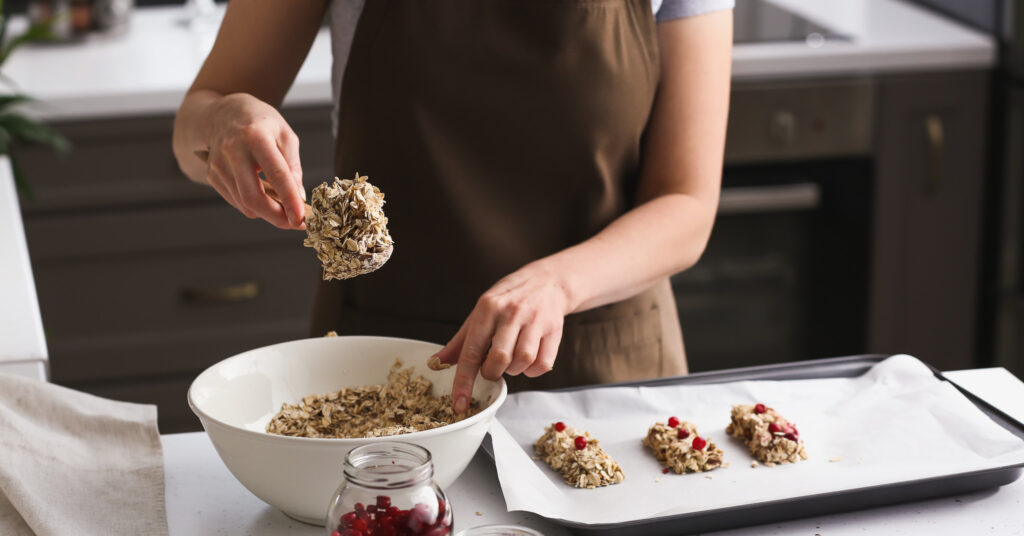
You don’t need to reach for the sugar to add sweetness to your cooking. There are plenty of fruits and vegetables that are already wonderfully sweet and come packed with nutrients, fiber, vitamins, and antioxidants. They also add tenderness to baked goods and color to sauces and casseroles. In addition to being healthier for you, when you cut back on sweeteners, you can better appreciate the nuances of nutty whole-grain flours and warm spices.
Baking With Fruits and Vegetables
Besides providing sweetness, sugar can be an important factor in the texture of baked goods. You might need to experiment a little to get the right consistency. Without the right ratio of ingredients, your baked goods might turn out rubbery or spongy.
You can substitute the sugar by stirring mashed, overripe bananas or blended dates into batters and doughs for quick breads, cookies, muffins, and pancakes. Bananas add more moisture to baked goods. Dates have an intense sweetness that’s fantastic in baked goods such as muffins and scones. Chop the dates for a bit of texture, or soak in hot water until softened and mash into a paste. You may want to make a date paste by blending a 1:1 ratio of dates and water. Store the date paste in the refrigerator as a substitute for liquid sweetener.
Apples and/or applesauce can be used to substitute oil. They also provide sweetness to your baked goods. Cooked and pureed carrots, beets, and sweet potatoes can be added to cakes and pancakes for sweetness and moisture. Keep in mind, this can make the final product more dense, so compensate accordingly.
Balancing Sauces With Vegetables
My grandmother always said the key to her delicious sauces was adding a little sweetness (she used sugar) to counteract the acidity of the tomatoes. I have found that by adding grated carrots, butternut squash, beets, or sweet potatoes you balance the flavor of sauces or stews without having to use sugar. The fine shreds of vegetables will melt into the sauce and won’t be noticeable in the finished dish. I also like to add a few slices of ripe plantain to my stewed beans and they are always a huge hit.
Bringing out the Natural Sugars in Caramelized Onions
Caramelized onions prepared without oil are naturally sweet and easy to prepare. They are a great topping for veggie burgers, carrot dogs, tacos, pizza, or your favorite casserole. Just add sliced yellow or sweet onion to a hot skillet. Stir occasionally for 5-7 minutes on medium heat or until they begin to brown. Deglaze with a little water, vegetable broth, or cooking wine. Then reduce the heat to low and cook for another 20 minutes, stirring occasionally.
Sweetening Oatmeal and Cereals
If you prefer creamy, slightly sweet oatmeal, non-dairy milks are a fantastic substitute for water. However, many plant-based milks are loaded with sugar. When making overnight oats or warm oatmeal, I use unsweetened non-dairy milk blended with dates, raisins, and spices to get just the right flavor. I also make a decadent granola sweetened with bananas, dates, and dried cherries. I just blend the bananas with the dates and water to lightly sweeten and moisten the oats.
Sweet Potatoes for Dessert?
Roasting whole sweet potatoes brings out their natural sugars and intensifies their flavor without the need for butter. For a tasty treat or dessert, you can dice or mash the roasted sweet potato and add cinnamon, cloves, and/or a little date paste. Roasted sweet potatoes can also be combined with cacao powder and date paste for a guiltless chocolate pudding.
Fruit: Nature’s Candy
Ripe fruits are the best antidotes for sweet cravings! Take advantage of fruits that grow sweeter as they ripen, such as apricots, bananas, cantaloupes, cherries, jackfruit, guavas, mangoes, nectarines, papayas, peaches, pears, plums, and strawberries. I like to combine them in a fruit salad with chopped mint and freshly squeezed lime juice.
Ripe fruits are delicious plain or sliced over baked goods, oatmeal, or non-dairy yogurt. Overripe or slightly bruised fruits that need to be used quickly can be frozen or used to make homemade ice cream. Frozen grapes are one of my girls’ favorite snacks!
Although most fresh fruits are considered at their best when raw, cooking can intensify flavors and create appealing textures. Cooked fruits can be served as side dishes, desserts, sauces, compotes or main dish components. Pears, apples, peaches, nectarines, plums and apricots are commonly poached fruits. When poaching fruit, add just enough liquid to cover and simmer. The fruit should be fork-tender without being mushy when it is done.
Dry-heat methods that enhance fruit flavors include grilling or broiling, roasting or baking, and sautéing. Just make sure not to overcook the fruit or it will become mushy or even bitter. Apples, apricots, bananas, pineapples, peaches, plums, pears, cherries and figs are excellent fruits for dry-heat cooking. Fruit kabobs are great for barbecues. Even pizza can be topped with grilled pineapple or figs. For ripe fruit, quick cooking methods work best.
Spices and herbs can enhance the natural sweetness of cooked fruit dishes. Cinnamon, nutmeg, clove, star anise, ginger, cardamom, and vanilla are commonly paired with fruits.
Enhancing Beverages
Unsweetened tea infused with berries, apples, mangoes, and/or nectarines is delicious and satisfying. Adding dried fruit such as dates, cherries, or raisins to hot tea is another great way to provide just a hint of sweetness. Date-infused chai tea is one of my favorites!
Healthy Ingredient Substitutions That Add Natural Sweetness Without Sugar
| 1 egg | ¼ cup canned pumpkin |
| 1 egg | ¼ cup puréed prunes |
| 1 egg | ½ mashed banana |
| 1 cup oil | 1 cup applesauce or pumpkin purée |
| 1 cup butter | ¾ cup pumpkin purée |
| 1 cup sugar | 1 cup applesauce or banana purée |
| 1 cup sugar | ¾ cup puréed dates |
Other WFPB Sweeteners
- Apricot purée
- Fig purée
- Balsamic glaze
- Banana purée
- Raisin purée
- Real fruit jam
- Fruit preserves
- Dried fruits
Copyright 2025 Center for Nutrition Studies. All rights reserved.
Deepen Your Knowledge With Our
Plant-Based Nutrition
Certificate
Plant-Based Nutrition Certificate
- 23,000+ students
- 100% online, learn at your own pace
- No prerequisites
- Continuing education credits


